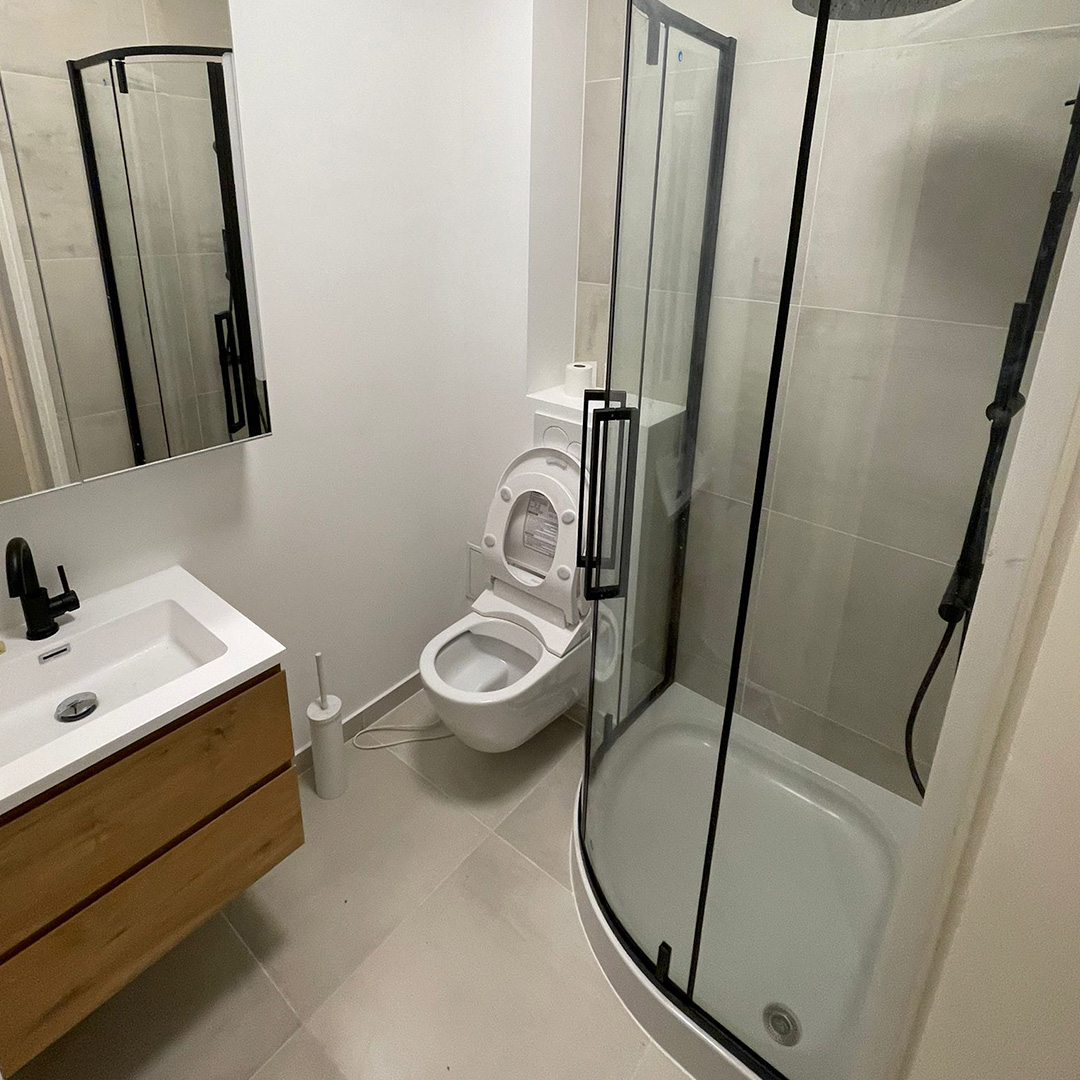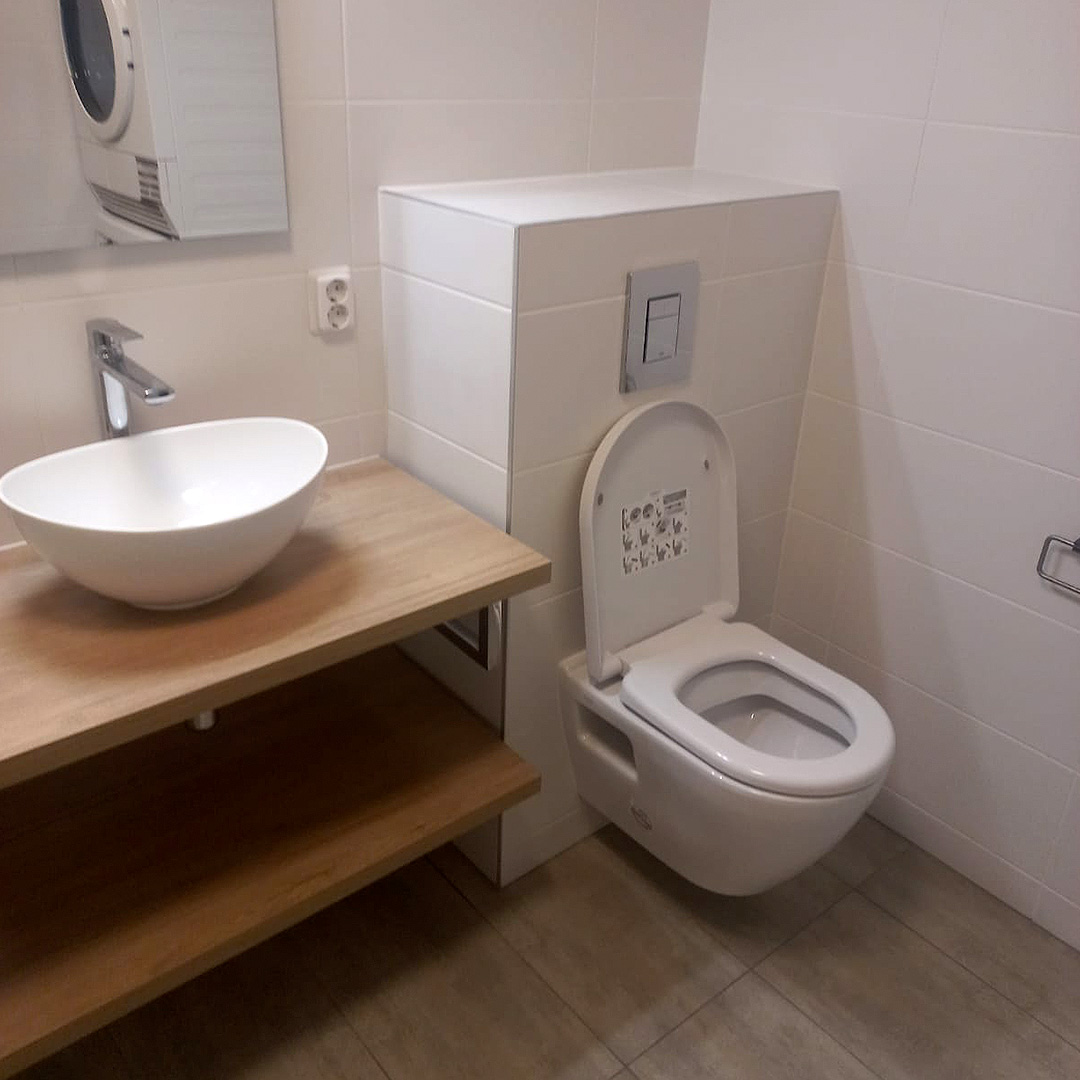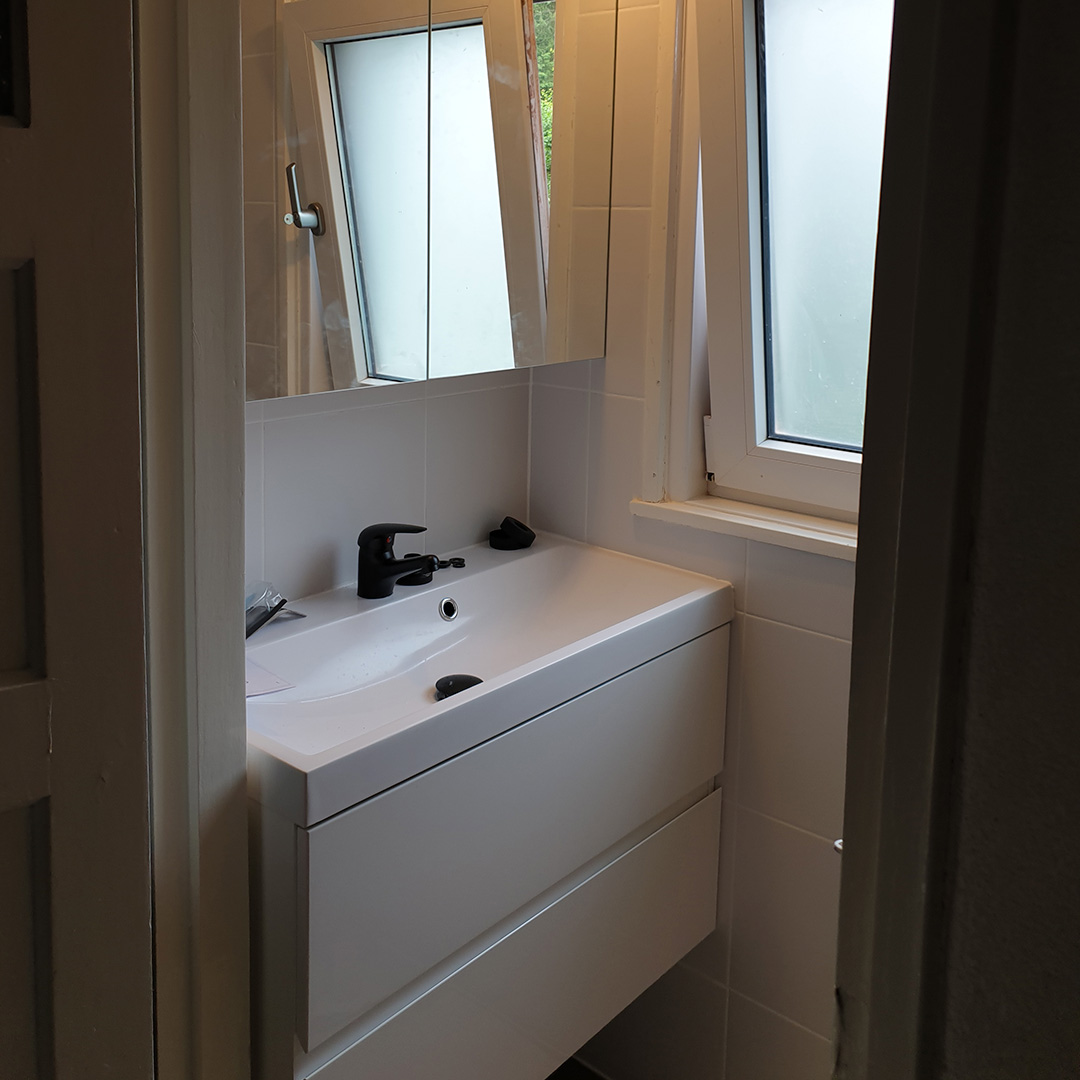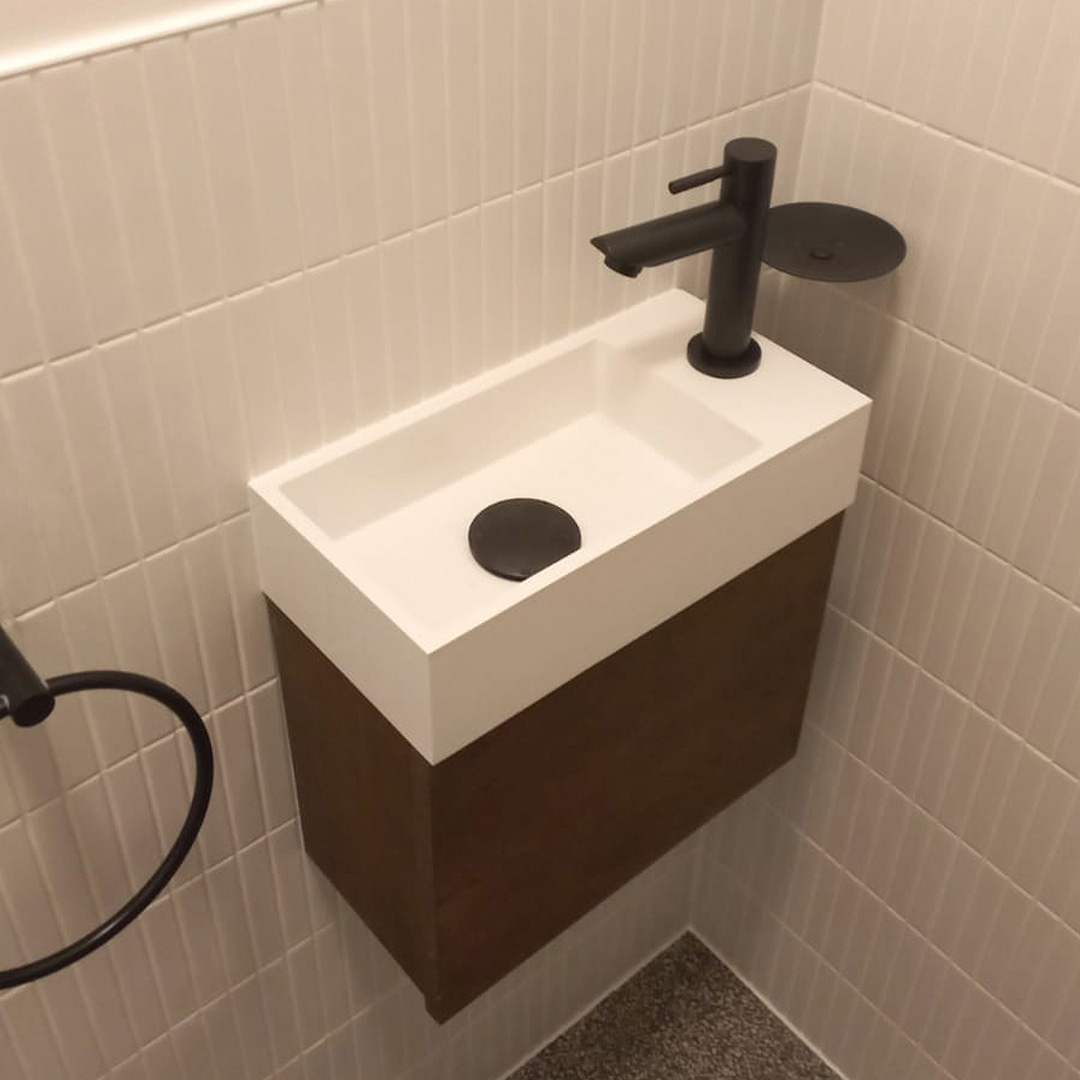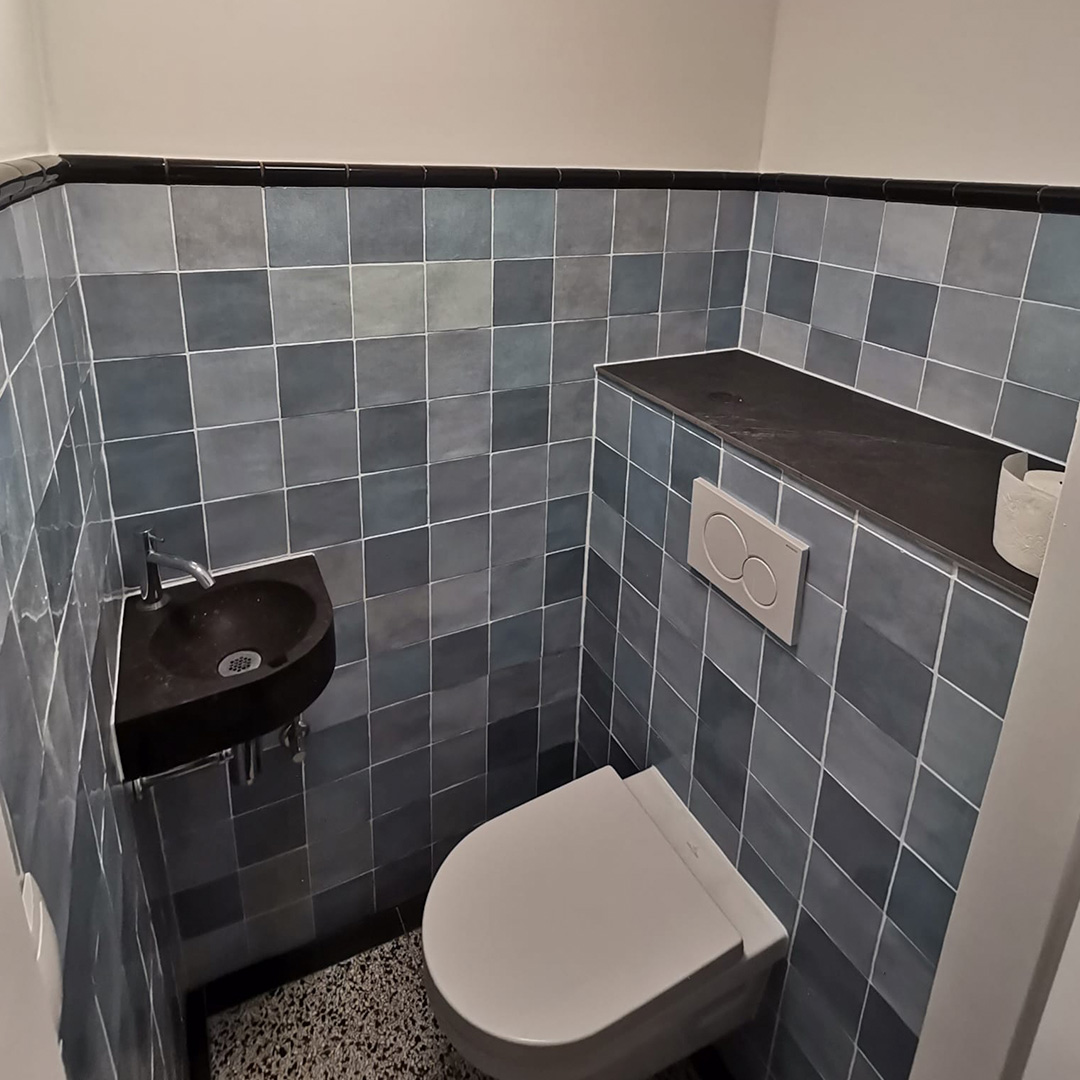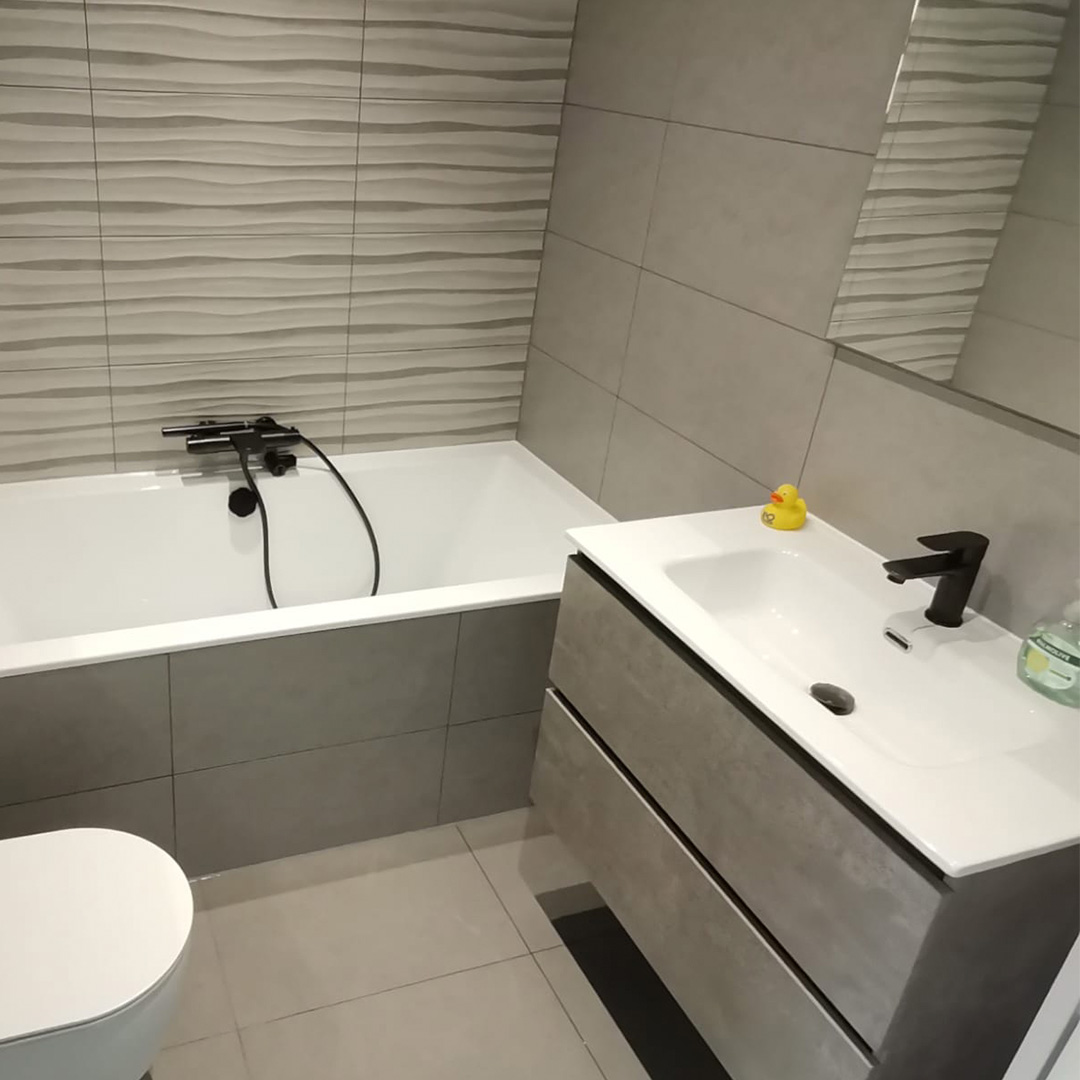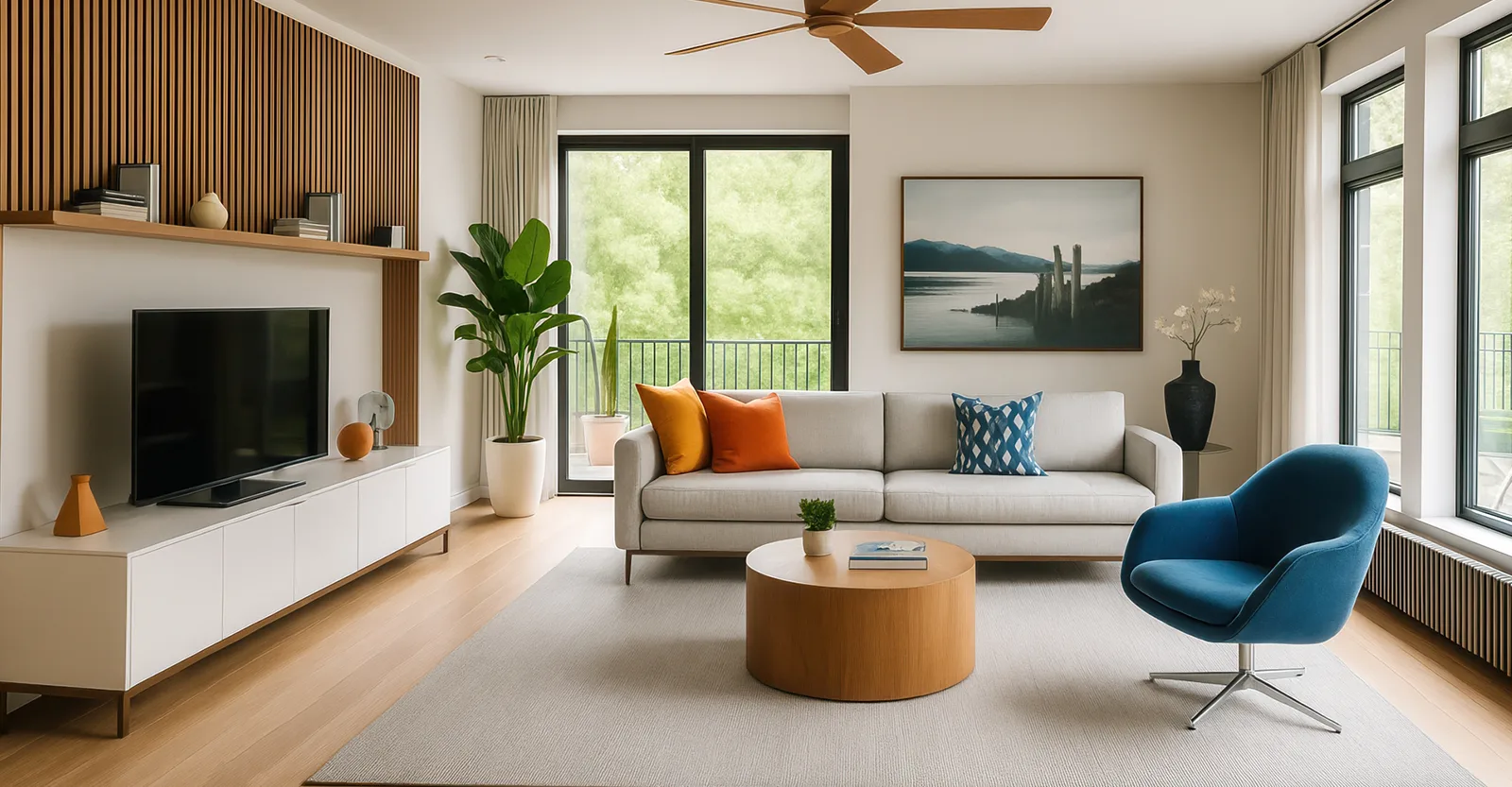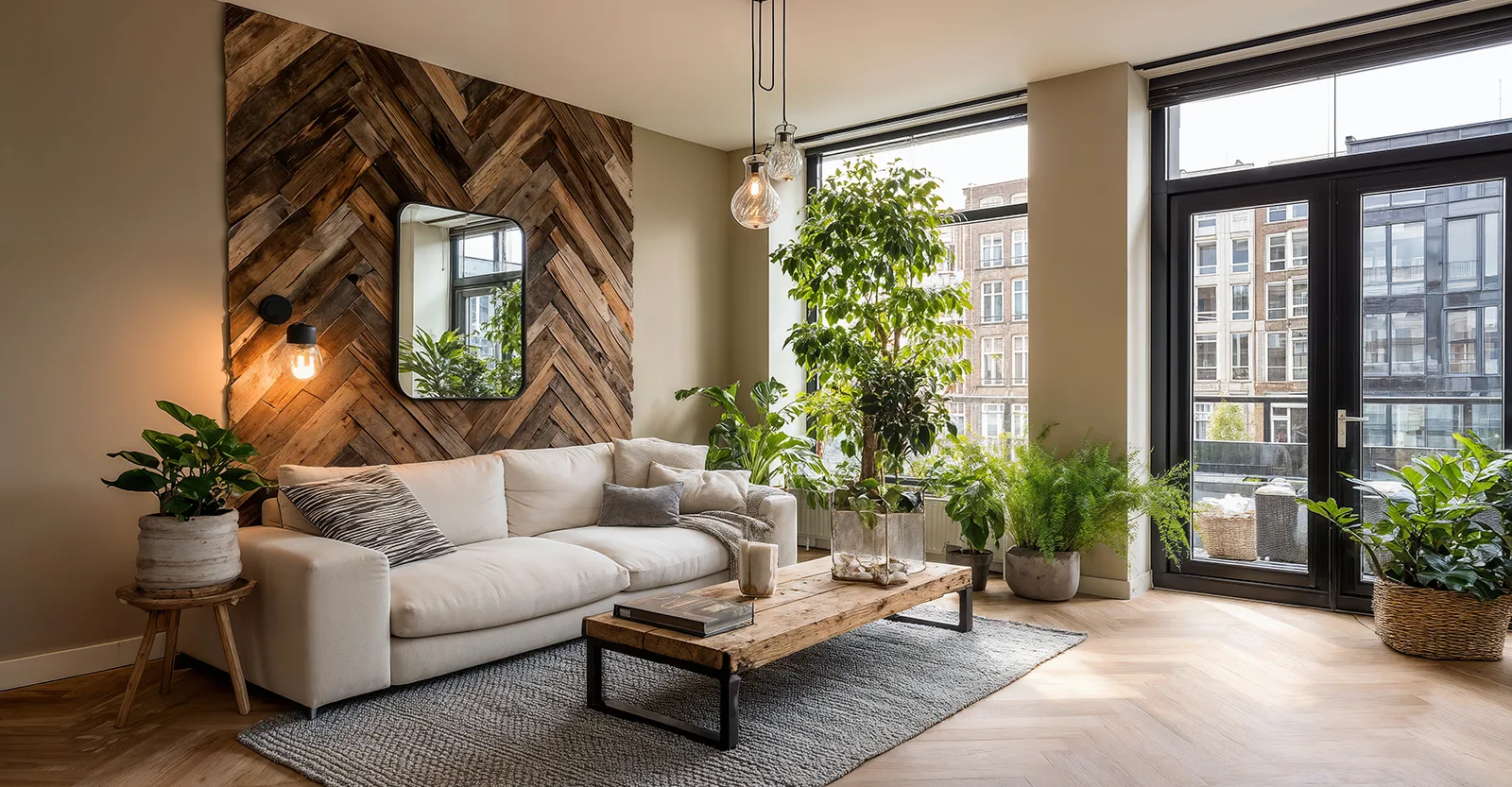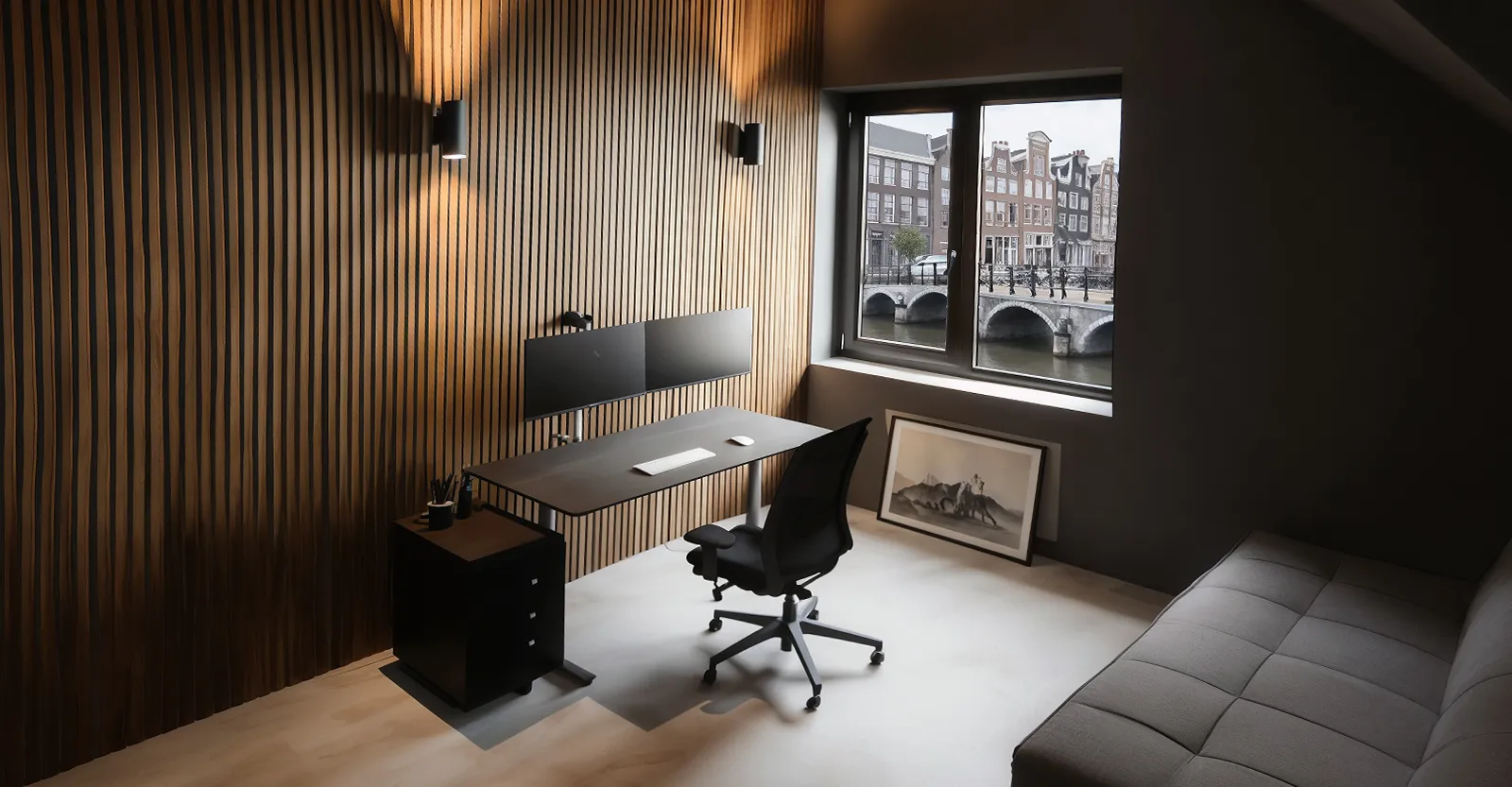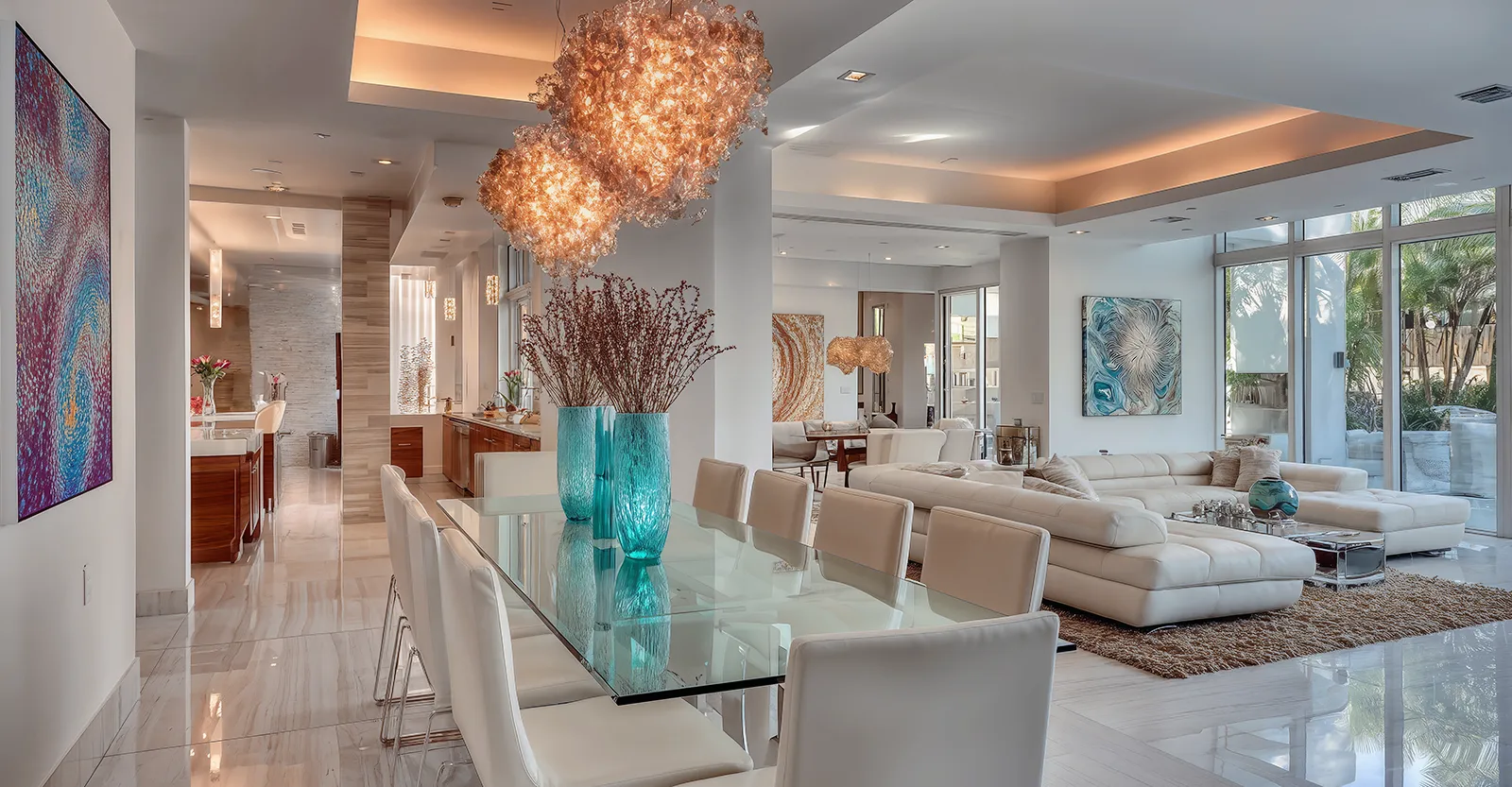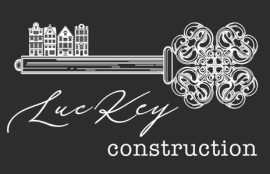The Netherlands has long been a hub of creativity and innovation, with Dutch designers renowned for their ability to blend tradition with modernity. Whether you’re walking through the picturesque streets of Amsterdam or browsing through design publications, it’s clear that Dutch interior design reflects a unique blend of style, functionality, and innovation. Dutch designers draw inspiration from a variety of styles, creating spaces that are not only aesthetically pleasing but also highly functional and sustainable. Here’s a look at the most popular interior design styles among Dutch designers today:
Dutch Style: A Tradition of Simplicity and Warmth
The quintessential Dutch style remains one of the most beloved in the Netherlands. This design ethos is rooted in simplicity, comfort, and practicality—values that have shaped Dutch interiors for centuries. Dutch style is all about creating spaces that are easy to live in while retaining a timeless, warm aesthetic.
Key Characteristics:
- Simplicity and Functionality: Spaces are designed to be both practical and comfortable, with minimal clutter and a focus on usability.
- Natural Materials: Wood, stone, and other natural materials feature prominently, creating a cozy and inviting atmosphere.
- Subtle Color Palette: Earthy tones such as browns, beiges, and deep reds dominate, bringing warmth and a homely feel.
- Cozy Atmosphere: Dutch homes often emphasize comfort, with soft furnishings, warm lighting, and a welcoming ambiance.
Scandinavian Influence: Minimalism with a Cozy Twist
Scandinavian design has had a strong influence on Dutch interiors in recent years. With its minimalist approach and emphasis on functionality, the Scandinavian style fits well with the Dutch preference for uncluttered and practical spaces. However, Dutch designers often add their own twist, making it warmer and more personalized.
Key Characteristics:
- Minimalist Approach: Clean lines and simple shapes dominate, creating a feeling of openness and calm.
- Bright and Airy Spaces: Light colors, particularly whites and soft grays, are used to make spaces feel larger and more open.
- Natural Elements: Like the Dutch style, Scandinavian interiors often incorporate natural materials like wood and stone.
- Functional Furniture: Every piece of furniture serves a purpose, often featuring multi-functional designs to maximize space efficiency.
Modern Style: Where Innovation Meets Elegance
Dutch designers are also known for their work in modern interior design, a style that combines sleek lines with innovative technologies. In modern spaces, there’s a strong focus on creating a balance between cutting-edge design and practical living spaces.
Key Characteristics:
- Clean, Geometric Lines: Furniture and architectural elements feature clean, simple shapes that are visually striking.
- Fusion of Technology and Nature: While modern style leans on technological innovations, Dutch designers often blend this with natural elements to soften the look.
- Open and Light Spaces: Open-plan living areas with large windows and plenty of natural light are common.
- Focus on Functionality: Like many Dutch design styles, modern interiors prioritize functional, livable spaces.
Sustainability in Design: Eco-Friendly and Beautiful
With a growing awareness of environmental issues, Dutch designers are increasingly focused on eco-friendly and sustainable design. This style emphasizes the use of environmentally responsible materials and energy-efficient solutions without sacrificing aesthetics.
Key Characteristics:
- Eco-Friendly Materials: Bamboo, reclaimed wood, and recycled materials are common choices.
- Energy Efficiency: Sustainable design often includes energy-saving features such as solar panels, insulation, and eco-friendly heating systems.
- Natural Textures: Organic shapes and textures help connect the interior with nature, fostering a sense of harmony and peace.
- Green Spaces: Indoor plants are used not just for decoration but to improve air quality and enhance the natural vibe.
Industrial Style: Raw and Rugged Charm
In cities like Amsterdam and Rotterdam, the industrial style has gained popularity, particularly in loft spaces and urban apartments. This style pays homage to the history of industrial buildings by celebrating raw materials like metal, brick, and concrete, often left in their unfinished state.
Key Characteristics:
- Exposed Materials: Industrial design is characterized by the use of exposed bricks, beams, and ductwork, which adds a raw and unfinished charm to the space.
- Metal and Concrete: These tough materials are often paired with softer elements to create a balanced, modern look.
- Open Layouts: Industrial spaces are typically open-plan, with large, uninterrupted spaces that feel airy and expansive.
- Modern and Vintage Mix: Dutch designers often add vintage touches to industrial spaces, blending modern furniture with retro pieces.
The Art of Mixing and Matching
One of the things that make Dutch designers stand out is their ability to mix and match different styles. It’s common to see elements of traditional Dutch design combined with Scandinavian minimalism or modern technological advancements. This eclectic approach allows for creative freedom, enabling designers to craft unique, personalized spaces tailored to the needs and tastes of each client.
Conclusion: Practicality Meets Innovation
Dutch interior design is a blend of practicality, sustainability, and innovation. Whether it’s the coziness of Dutch style, the sleek minimalism of Scandinavian design, or the raw charm of industrial spaces, Dutch designers are experts at creating interiors that are both beautiful and functional. Sustainability is also at the forefront of their minds, with eco-friendly designs that do not compromise on aesthetics. For anyone looking to update their living space, Dutch design offers a world of inspiration.

